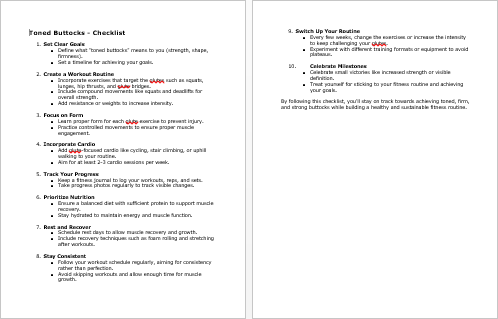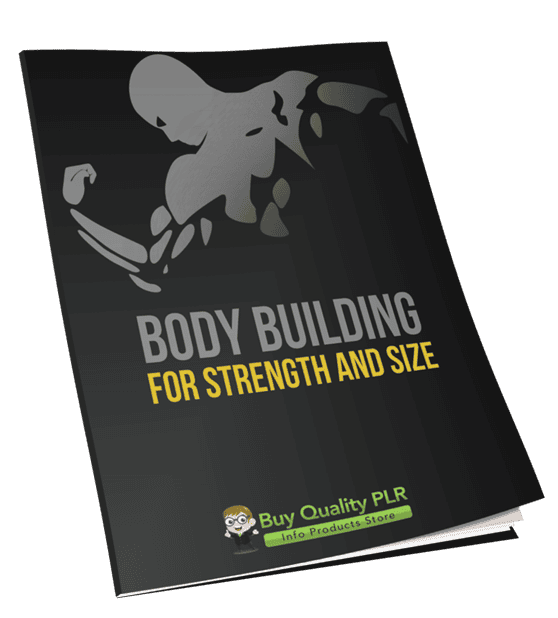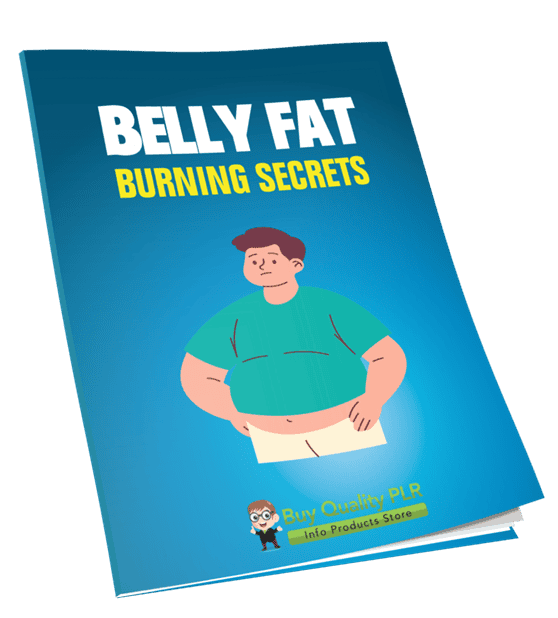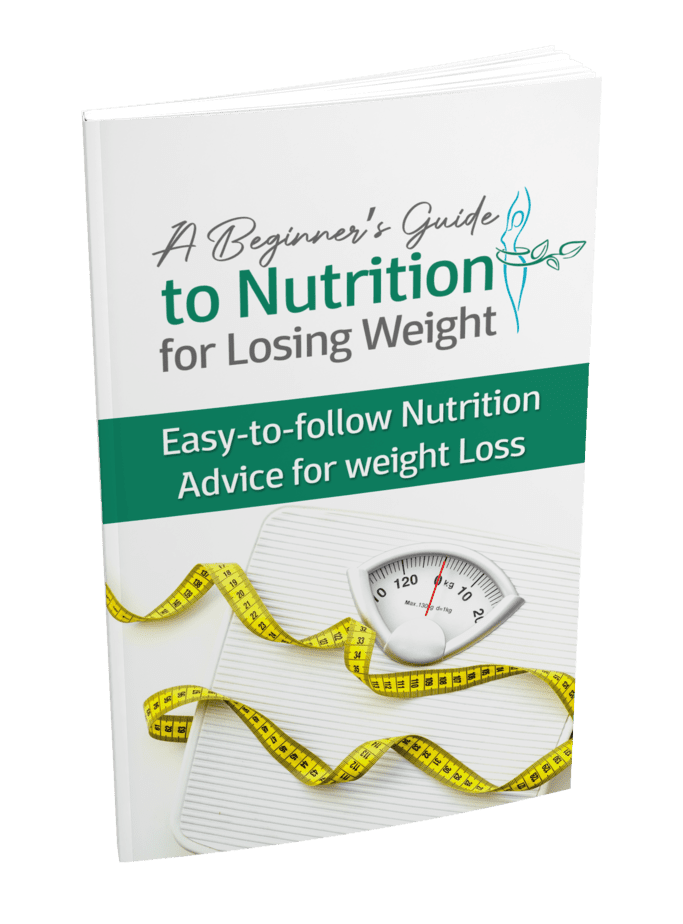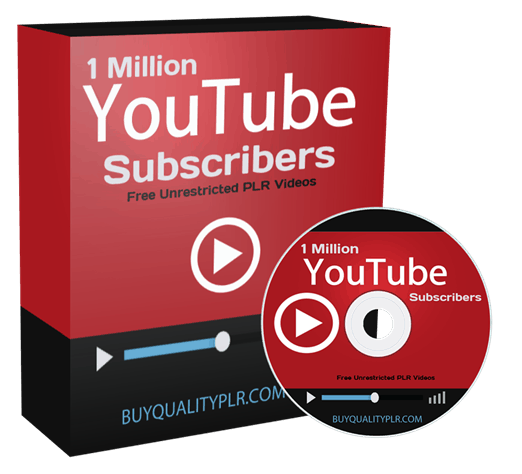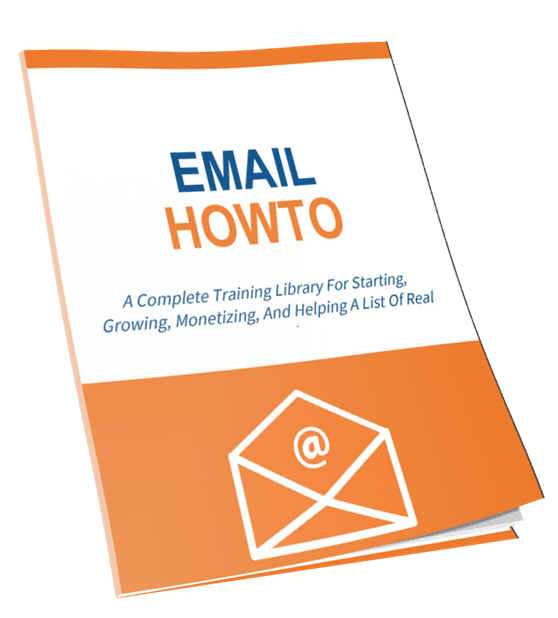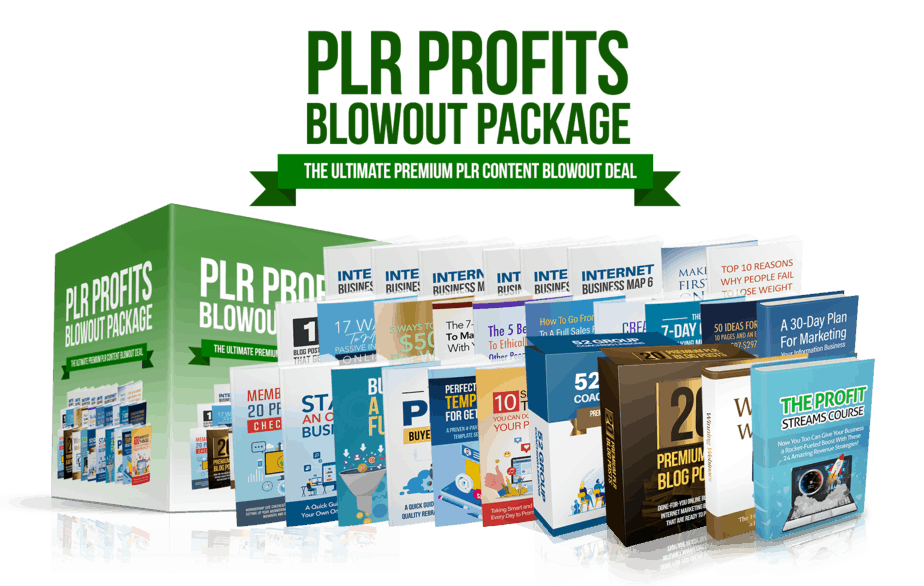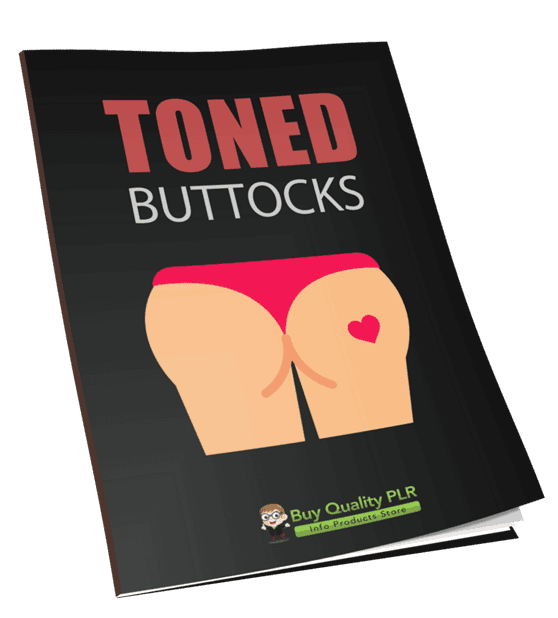
Toned Buttocks PLR Course 23k Words
in Fitness PLR , Fitness PLR Ebooks , PLR Checklists , PLR eBooks , PLR eCourses , PLR List Building Reports , Premium PLR , Premium PLR eBooks , Premium White Label Brandable PLR Coaching Courses , Private Label Rights Products , Workout PLR , Workout PLR EbooksChoose Your Desired Option(s)
has been added to your cart!
have been added to your cart!
#fitnessmarketing #tonedbuttocks #workouttips #healthandwellness #plrcontent #fitnessgoals #bodytraining #plrcourse
Toned Buttocks PLR Course – Sculpt, Strengthen & Lift Your Glutes
Toned Buttocks – A Step-by-Step Training Plan
Are you ready to help your audience achieve a stronger, firmer, and more sculpted booty? The Toned Buttocks PLR Course is your complete guide to creating, marketing, and delivering a fitness course that teaches glute-focused exercises, routines, and habits for lasting results.
With 21,905 words of professionally crafted content, this course gives you everything you need to educate, inspire, and profit in the booming health and fitness niche. It’s perfect for fitness trainers, coaches, content creators, or anyone looking to leverage high-quality PLR content to launch a product, build an email list, or create a membership site.
Whether your audience is looking to tone, shape, lift, or strengthen their glutes, this course provides actionable, step-by-step training that’s easy to follow at home or in the gym.
Presenting…
Toned Buttocks PLR Course 23k Words
Why Toned Glutes Are More Than Just Aesthetics
Strong glutes aren’t just about looking good in leggings. They play a critical role in your overall health and fitness:
- Improve Posture & Reduce Back Pain: Weak glutes contribute to lower back strain and poor posture.
- Enhance Athletic Performance: Powerful glutes improve running, jumping, and overall athletic capability.
- Prevent Injuries: Strong glutes stabilize hips and knees, reducing the risk of injury.
- Boost Confidence: A sculpted, toned booty can increase self-esteem and body confidence.
This PLR course equips your audience with the knowledge and routines to achieve these benefits safely and effectively.
Course Overview
The Toned Buttocks PLR Course is structured into 5 comprehensive modules, each designed to progressively guide users from understanding their glutes to maintaining long-term results.
Module 1: Understanding Your Glutes
Goal: Build foundational knowledge about your glute muscles and set the stage for consistent progress.
- Step 1: Meet Your Glutes
Discover the three main muscles—gluteus maximus, medius, and minimus—and why each is vital for movement, strength, and aesthetics. - Step 2: Why a Strong Booty Matters
Understand how glute strength improves posture, reduces back pain, and enhances daily movement and athletic performance. - Step 3: Set Realistic Goals
Define what “toned buttocks” means for each individual—shape, firmness, or strength—and set achievable milestones. - Step 4: Prepare Your Toolkit
Essential equipment includes resistance bands, dumbbells, and a yoga mat. Learn to create a home or gym-friendly workout space.
This module ensures that participants know their anatomy and goals, forming a strong base for the exercises to come.
Module 2: Activating Your Glutes
Goal: Learn proper activation techniques for effective workouts.
- Step 1: Warm-Up Techniques
Dynamic stretches like leg swings, lunges, and glute-focused movements increase blood flow and prime muscles. - Step 2: Glute Isolation Exercises
Master beginner-friendly moves such as glute bridges, donkey kicks, and clamshells with slow, controlled form. - Step 3: Breathing and Form Basics
Coordinate breath with movement to improve endurance and maximize engagement. - Step 4: Mini Activation Circuits
Combine 2-3 exercises into a 5-minute glute activation circuit for pre-workout readiness.
By the end of this module, your audience will activate and engage glutes correctly, ensuring better results from every workout.
Module 3: Building Strength and Shape
Goal: Focus on progressive strength training for toned, firm glutes.
- Step 1: Master Compound Movements
Squats, deadlifts, and lunges work multiple muscles and enhance glute development. - Step 2: Incorporate Resistance
Add resistance bands or weights, progressively increasing intensity for strength and definition. - Step 3: Create a Weekly Routine
Design a 3-day split: strength training, cardio, and rest days, with 30–45 minute sessions. - Step 4: Track Your Progress
Use a journal or app to record reps, sets, and resistance levels to celebrate small victories and stay motivated.
This module ensures participants build serious strength and shape through consistent, progressive workouts.
Module 4: Shaping with Cardio and Flexibility
Goal: Complement strength training with targeted cardio and flexibility.
- Step 1: Try Glute-Focused Cardio
Stair climbing, uphill walking, and cycling strengthen glutes while improving cardiovascular fitness. - Step 2: Stretch for Recovery
Glute stretches like pigeon pose and forward folds increase flexibility and reduce soreness. - Step 3: Add Plyometric Moves
Incorporate jump squats, step-ups, and lateral bounds to tone and build explosive power. - Step 4: Stay Active Outside Workouts
Encourage movement throughout the day—take stairs, walk more, and engage glutes during daily activities.
This module ensures complete glute toning, flexibility, and functional strength.
Module 5: Maintaining Your Results
Goal: Develop habits for long-term glute strength and aesthetics.
- Step 1: Switch Up Your Routine
Avoid plateaus by trying new exercises, classes, or workout formats every few weeks. - Step 2: Prioritize Nutrition
Protein-rich foods aid muscle recovery, and hydration supports overall fitness. - Step 3: Rest and Recover
Plan rest days, prioritize sleep, and use recovery techniques like foam rolling or massages. - Step 4: Celebrate Your Journey
Track progress, set new goals, and reward achievements to maintain motivation.
By completing this module, your audience establishes sustainable routines for long-term results.
Additional Materials Included
- Toned Buttocks Checklist – 300 words: Quick reference guide for daily workouts and nutrition tips.
- Toned Buttocks FAQs – 962 words: Answers to common questions about glute training, form, and progress.
- Toned Buttocks Salespage – 482 words: Ready-to-use marketing content to sell your PLR course immediately.
These extras save time and enable instant product deployment, allowing you to start selling immediately.
Why This PLR Course Is Perfect for You
- Comprehensive Content: 21,905 words covering exercises, routines, nutrition, and recovery.
- Ready-to-Use: Includes checklist, FAQs, and a salespage for immediate launch.
- Editable & Brandable: Customize content with your brand, voice, or visuals.
- Evergreen Fitness Niche: Glute toning and strength training are high-demand topics.
- Multiple Formats: Turn into digital courses, eBooks, membership content, or video series.
This PLR course allows you to position yourself as a fitness expert, offering a complete solution for clients looking to sculpt, strengthen, and lift their glutes safely and effectively.
How to Use and Profit from the Course
- Sell as a Complete Digital Course
Offer on Teachable, Kajabi, or Thinkific, ready for instant monetization. - Break Into Reports or Mini-Courses
Sell modules individually ($10–$20 each) to target specific customer needs. - Bundle With Other Fitness PLR Products
Create premium packages ($47–$97) that offer complete fitness or wellness solutions. - Membership Site Content
Use weekly modules to deliver ongoing content for subscription services. - Convert to Multimedia
Turn the course into videos, audios, or interactive PDFs to increase value. - Lead Magnets and Email Campaigns
Give away mini-modules to grow your email list and nurture leads. - Flip or Rebrand
Create a dedicated fitness brand, rebrand the PLR, and sell it as a full product or membership.
With this PLR package, your opportunities to educate, inspire, and profit are limitless.
License Terms
Permissions:
- Edit, rebrand, and sell as your own.
- Convert to video, audio, or membership content.
- Break into individual modules for separate offerings.
Restrictions:
- Cannot transfer PLR rights to your customers.
- Cannot give away the full course in original form for free.
- Maximum affiliate commission: 75%.
Take Action Today!
The Toned Buttocks PLR Course provides everything you need to:
- Educate your audience on glute sculpting and fitness
- Launch a ready-made, high-quality fitness product
- Profit quickly in the evergreen health & fitness niche
Next Steps:
- Download the PLR package instantly.
- Customize, rebrand, and package it for your audience.
- Launch as a course, membership, eBook, or digital guide.
Give your audience the knowledge, tools, and motivation to build strong, toned glutes, while establishing yourself as a fitness authority. 🍑💪
has been added to your cart!
have been added to your cart!
Here A Sample of Toned Buttocks PLR Course
Welcome to “Toned Buttocks,” your guide to sculpting, strengthening, and lifting your glutes in a fun and effective way! This course is divided into 5 modules, each building on the last to help you achieve your goals. Let’s get started!
Module 1: Understanding Your Glutes
Goal: Build foundational knowledge about your glutes and set the stage for progress.
Step 1: Meet Your Glutes
Understanding the anatomy and function of your glutes is the first step in building a strong and toned posterior. This step breaks down the essential details of the gluteus muscles, explains their importance, and sets the foundation for effective training.
1. Overview of the Gluteal Muscles
The glutes are made up of three primary muscles:
- Gluteus Maximus:
- Location: This is the largest and outermost gluteal muscle, forming the bulk of your buttocks.
- Function: Responsible for extending the hip (e.g., when you stand up from a squat or push your leg backward). It also assists in external rotation and abduction of the thigh.
- Importance: This muscle is the powerhouse of your posterior chain, contributing to strength, power, and overall aesthetics.
- Gluteus Medius:
- Location: Situated on the outer surface of the pelvis, partially covered by the gluteus maximus.
- Function: Key for hip abduction (moving your leg outward) and stabilizing the pelvis during walking, running, or single-leg movements.
- Importance: A strong gluteus medius improves balance and prevents injuries by stabilizing the hips and knees.
- Gluteus Minimus:
- Location: The smallest of the three gluteal muscles, located beneath the gluteus medius.
- Function: Works with the gluteus medius to abduct and internally rotate the thigh.
- Importance: While smaller, this muscle plays a vital role in stabilizing your pelvis and maintaining proper movement patterns.
2. Why These Muscles Are Essential
Each of the gluteal muscles plays a critical role in your body’s movement, strength, and appearance. Let’s explore their importance:
- For Movement:
- Your glutes power essential actions like walking, running, jumping, and climbing stairs.
- They provide the force needed for explosive movements in sports, such as sprinting or jumping.
- For Strength:
- The glutes are central to your posterior chain, which includes the hamstrings and lower back.
- Strengthening these muscles reduces the risk of injury, particularly to the knees and lower back, by improving alignment and stability.
- For Aesthetics:
- Well-developed glutes contribute to a balanced, toned appearance.
- They enhance posture by preventing the pelvis from tilting excessively forward (a condition called anterior pelvic tilt).
3. The Connection Between Glutes and Everyday Life
You use your glutes far more than you realize:
- Sitting and Standing: Sitting for long periods can weaken your glutes, leading to issues like lower back pain. Activating these muscles regularly improves posture and reduces discomfort.
- Walking and Running: Proper glute function ensures efficient movement, reducing strain on your knees and hips.
- Lifting and Carrying: Whether lifting weights or picking up groceries, strong glutes protect your back and improve your ability to lift safely.
4. How to Identify Weak or Underactive Glutes
Before diving into exercises, assess your glute strength and activation:
- Check for Postural Imbalances:
- Do you notice a forward tilt in your pelvis? This may indicate weak glutes.
- Do you notice a forward tilt in your pelvis? This may indicate weak glutes.
- Pay Attention to Muscle Engagement:
- During exercises like squats or lunges, do you feel your quads or lower back working harder than your glutes? If so, your glutes may not be activating effectively.
- During exercises like squats or lunges, do you feel your quads or lower back working harder than your glutes? If so, your glutes may not be activating effectively.
- Perform a Single-Leg Balance Test:
- Stand on one leg and observe whether your hips remain level. If one side dips, your glute medius may be underactive.
5. Laying the Groundwork for Success
Now that you know the three primary gluteal muscles and their importance, you’re ready to focus on targeted exercises and activation techniques. Here’s how to prepare:
- Stretch and Mobilize: Incorporate stretches for your hips and lower back to improve glute activation.
- Start with Simple Movements: Begin with exercises like glute bridges or donkey kicks to wake up your glutes.
- Focus on Form: Proper technique ensures you’re engaging the right muscles and avoiding compensation patterns.
This foundational knowledge will guide you throughout the course, ensuring every exercise you perform is purposeful and effective. In the next step, we’ll focus on activating these muscles and creating a strong mind-muscle connection. Stay consistent and committed to your progress!
Step 2: Why a Strong Booty Matters
Building strong glutes isn’t just about aesthetics; it has significant benefits for your posture, overall health, and physical performance. In this step, we’ll explore why strengthening your glutes should be a priority, and how it positively impacts everyday activities and athletic capabilities.
1. Improved Posture and Body Alignment
Your glutes play a crucial role in maintaining proper posture and stabilizing your body. Here’s how:
- Support for the Pelvis:
- The glute muscles stabilize the pelvis and keep it aligned with the rest of the body. Weak glutes can lead to an anterior pelvic tilt (forward-tilting pelvis), causing poor posture and an arched lower back.
- Spinal Alignment:
- Strong glutes reduce strain on the lower back by supporting the spine during activities like sitting, standing, and lifting.
- Combat the Effects of Sitting:
- Prolonged sitting weakens the glutes, leading to tight hip flexors and a slouched posture. Strengthening the glutes counters these effects, helping you stand and sit taller with less discomfort.
Actionable Insight: Incorporate exercises like glute bridges and Romanian deadlifts to improve pelvic stability and posture.
2. Reduced Back Pain and Joint Stress
Weak or underactive glutes can cause other muscles, like the lower back or hamstrings, to compensate, leading to pain and injury.
- Lower Back Support:
- The glutes work with your core to stabilize the spine. Weak glutes shift this workload to the lower back, increasing the risk of discomfort or injury.
- Knee and Hip Protection:
- Strong glutes align the knees and hips properly, reducing strain during movement. Weakness in these muscles can lead to knee pain, hip discomfort, or injuries like iliotibial band (IT band) syndrome.
Actionable Insight: Pay attention to exercises that engage both the gluteus medius and minimus, such as lateral band walks, to strengthen the muscles that stabilize the hips and knees.
3. Enhanced Athletic Performance
Strong glutes are vital for athletic activities that require power, speed, and endurance. Here’s how glute strength gives athletes an edge:
- Powerful Movements:
- The gluteus maximus is one of the body’s most powerful muscles, responsible for explosive movements like sprinting, jumping, and lifting.
- Developing this muscle improves vertical jump height, sprinting speed, and lifting capacity.
- Improved Balance and Stability:
- The gluteus medius and minimus stabilize the pelvis and prevent unnecessary side-to-side movement, improving agility and balance in sports like basketball, soccer, or tennis.
- Reduced Injury Risk:
- Athletes with strong glutes are less prone to injuries, as their muscles can absorb more shock and reduce strain on other body parts like the knees or lower back.
Actionable Insight: Add plyometric exercises (e.g., box jumps, squat jumps) to your routine to build explosive power in your glutes.
4. How Glute Strength Enhances Everyday Activities
Beyond sports and aesthetics, strong glutes make everyday tasks easier and more efficient:
- Lifting and Carrying:
- Whether it’s lifting a child, carrying groceries, or moving furniture, strong glutes provide the power needed to lift heavy objects safely and reduce strain on the back.
- Walking and Climbing Stairs:
- Glute strength improves gait mechanics, making walking and climbing stairs less tiring and more efficient.
- Preventing Falls:
- By enhancing balance and stability, strong glutes reduce the risk of tripping or falling, especially as you age.
- Standing and Sitting:
- A strong posterior chain helps you transition from sitting to standing with ease and maintains proper alignment during long periods of sitting.
Actionable Insight: Incorporate unilateral exercises like Bulgarian split squats to improve balance and strength for everyday tasks.
5. Steps to Prioritize Glute Strength
To reap the benefits of strong glutes, follow these key steps:
- Incorporate Glute-Specific Workouts:
- Focus on exercises like hip thrusts, lunges, and squats that target all three gluteal muscles.
- Aim for 2-3 sessions per week, with rest days in between for recovery.
- Mind-Muscle Connection:
- Practice engaging your glutes consciously during exercises to ensure they’re doing the work, not your lower back or quads.
- Stay Consistent:
- Regular training is key to developing and maintaining glute strength. Combine strength exercises with mobility and stretching routines for balanced results.
- Track Your Progress:
- Measure your improvements by tracking weights lifted, endurance, or even changes in your posture and daily comfort levels.
By prioritizing glute strength, you’re not only enhancing your physical appearance but also investing in long-term health, improved functionality, and a pain-free lifestyle. In the next step, we’ll dive into how to activate these muscles effectively, setting the stage for your fitness journey.
Step 3: Set Realistic Goals
Achieving your desired results starts with defining your vision and creating a clear, actionable plan. Setting realistic goals ensures you stay motivated and track your progress effectively. In this step, we’ll guide you through defining what “toned buttocks” means to you and creating a strategy to achieve it.
1. Define What “Toned Buttocks” Means to You
Everyone’s idea of a “toned” look is unique. Start by clarifying your goals based on your preferences and needs:
- Strength:
- If your goal is to build strength, focus on exercises that increase power, such as squats, hip thrusts, and deadlifts.
- Strength goals are often tied to improving functionality and performance in daily life or sports.
- Shape:
- Shaping the glutes often involves targeting specific muscles for better definition.
- Incorporate isolation exercises like kickbacks and glute bridges to enhance muscle curvature and balance.
- Overall Firmness:
- For those seeking firmer glutes, a combination of strength and endurance training is key.
- High-rep bodyweight exercises, combined with weighted resistance, can tone and firm the muscles effectively.
Actionable Insight: Take a moment to visualize your desired outcome. Write down what “toned” means to you in measurable terms, such as “lifted and firm with a rounded shape” or “strong and balanced for better athletic performance.”
2. Set SMART Goals (Specific, Measurable, Achievable, Relevant, Time-Bound)
To stay focused, create SMART goals. Here’s how:
- Specific: Define exactly what you want to achieve.
- Example: “I want to add 2 cm to the circumference of my hips while improving glute strength.”
- Measurable: Include metrics to track progress.
- Example: “Perform hip thrusts with 20 kg within 8 weeks.”
- Achievable: Set realistic expectations based on your fitness level.
- Example: Start with bodyweight exercises before progressing to heavier weights.
- Relevant: Ensure your goals align with your overall lifestyle and fitness aspirations.
- Example: “I want stronger glutes to reduce back pain and improve posture.”
- Time-Bound: Assign a deadline to each goal.
- Example: “Achieve a stronger and firmer glute appearance within 12 weeks.”
Actionable Insight: Write down your SMART goals in a fitness journal or planner to keep yourself accountable.
3. Break Down Goals into Smaller Milestones
Big goals can feel overwhelming. Break them into manageable milestones:
- Short-Term Milestones (1-4 weeks):
- Focus on building consistency and proper form.
- Example: “Complete three 30-minute glute workouts per week.”
- Mid-Term Milestones (5-8 weeks):
- Gradually increase intensity by adding resistance or reps.
- Example: “Increase the weight for hip thrusts by 5 kg.”
- Long-Term Milestones (9-12 weeks):
- Track visible changes and overall strength improvements.
- Example: “Achieve a defined shape and the ability to perform 10 weighted Bulgarian split squats per leg.”
Actionable Insight: Celebrate small wins. Acknowledge every milestone achieved to maintain motivation.
4. Plan Your Training Schedule
A structured training plan is essential for achieving your goals. Create a schedule that balances training, recovery, and nutrition:
- Weekly Training Sessions:
- Dedicate 2-3 days per week to glute-focused workouts. Combine compound exercises (squats, deadlifts) with isolation exercises (donkey kicks, bridges).
- Rest and Recovery:
- Include rest days or active recovery (light yoga, walking) to allow your muscles to recover and grow.
- Track Your Progress:
- Record your reps, weights, and progress photos weekly. Visual and numerical progress keeps you motivated and helps refine your plan.
Actionable Insight: Use apps, spreadsheets, or fitness trackers to schedule workouts and monitor your development.
5. Stay Flexible and Adaptable
Life happens, and your fitness journey might face interruptions. Stay flexible by adjusting your goals without losing sight of the bigger picture:
- Modify Timelines: If progress slows due to illness, travel, or other life events, extend your timeline without guilt.
- Adjust Intensity: Scale back workouts if needed to avoid burnout or injury.
- Refocus Goals: Reassess what’s realistic and meaningful to you as your fitness level improves.
Actionable Insight: Remember, fitness is a lifelong journey. Celebrate progress, not perfection.
By setting realistic and achievable goals, you’re building a strong foundation for long-term success. With a clear vision, structured plan, and a commitment to consistency, your journey toward toned buttocks becomes not only attainable but also enjoyable. In the next step, we’ll focus on the exercises and techniques to begin activating your glutes effectively.
Step 4: Prepare Your Toolkit
To embark on your journey toward toned buttocks, you need the right tools and environment. This step is about identifying the essential equipment and creating a workout-friendly space that sets you up for success. Whether you’re working out at home or in a gym, preparation is key to consistency and motivation.
1. Essential Equipment for Glute Training
Having the right tools ensures you can target your glutes effectively, adapt to various exercises, and progress over time. Here are the essentials:
- Resistance Bands:
- Ideal for activating the glute muscles during warm-ups or as a primary workout tool.
- Choose a set of bands with varying resistance levels (light, medium, heavy) to accommodate your progress.
- Use them for exercises like glute bridges, lateral band walks, and kickbacks.
- Dumbbells:
- Add weight to your exercises for increased intensity and strength gains.
- Start with lighter dumbbells (2-5 kg) if you’re new to strength training and gradually increase as your muscles adapt.
- Perfect for exercises like goblet squats, step-ups, and Romanian deadlifts.
- Yoga Mat:
- Provides a comfortable surface for floor exercises like glute bridges and donkey kicks.
- Helps prevent slipping and reduces strain on your joints during workouts.
- Optional Tools:
- Barbell: If you have gym access, a barbell is excellent for hip thrusts and squats.
- Ankle Weights: Great for adding resistance to leg lifts and kickbacks.
- Foam Roller: Useful for warming up and post-workout recovery, enhancing muscle flexibility and reducing soreness.
Actionable Insight: Invest in durable, high-quality equipment. While resistance bands and a yoga mat are affordable, consider dumbbells and a barbell as long-term investments.
2. Creating a Workout-Friendly Space
Your workout environment plays a vital role in maintaining consistency. Whether you’re exercising at home or the gym, ensure your space supports your fitness goals:
- At Home:
- Dedicate a specific area for workouts, such as a corner in your living room or a spare room.
- Clear clutter to allow free movement and reduce distractions.
- Ensure good ventilation and lighting to create an energizing atmosphere.
- Use a non-slip surface or place your yoga mat on a flat, stable floor.
- In the Gym:
- Familiarize yourself with gym equipment like barbells, leg press machines, and cable machines for glute isolation.
- Choose quieter hours for fewer distractions and access to all equipment.
- Don’t hesitate to ask gym staff for guidance on using unfamiliar equipment.
Actionable Insight: Personalize your workout space with motivational quotes, a playlist, or even a mirror to track your form during exercises.
3. Organizing Your Equipment
Keep your workout tools organized for easy access and to save time during your sessions:
- At Home:
- Store resistance bands in a small box or drawer.
- Use a rack or designated area for dumbbells and other weights.
- Roll up your yoga mat and secure it with a strap when not in use.
- In the Gym:
- Bring a gym bag with essentials like resistance bands, a water bottle, and a towel.
- Wipe down equipment after use to maintain hygiene and be courteous to others.
Actionable Insight: Create a checklist of items to bring to the gym or keep at home. Being organized reduces stress and keeps your focus on your workout.
4. Preparing Mentally for Consistency
Having the right toolkit isn’t just about physical tools—it’s also about mental preparation:
- Schedule Your Workouts:
- Block specific times in your calendar for workouts, treating them as non-negotiable appointments.
- Consistency is key to seeing results, so aim for 2-3 glute-focused sessions per week.
- Stay Flexible:
- Life happens, and missing a workout is okay. Focus on getting back on track without guilt.
- Have backup exercises that require minimal equipment for busy days.
- Visualize Success:
- Picture yourself achieving your goal. This mental exercise can boost motivation and help you push through challenges.
Actionable Insight: Develop a pre-workout ritual, like stretching or listening to energizing music, to signal your body and mind that it’s time to train.
Final Thoughts
Preparing your toolkit goes beyond just gathering equipment—it’s about setting up an environment and mindset that foster success. By investing in quality tools, creating an inspiring workout space, and organizing your routine, you’re building a solid foundation for your fitness journey. In the next step, we’ll dive into the exercises that will activate and strengthen your glutes.
We’re also giving these extra bonuses
Toned Buttocks – Checklist
Toned Buttocks – FAQs

Toned Buttocks – Salespage Content
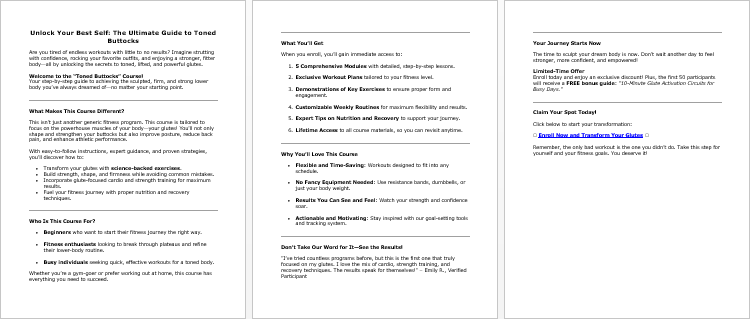
Package Details:
Word Count: 21 905 Words
Number of Pages: 88
Toned Buttocks – Bonus Content
Checklist
Word Count: 300 words
FAQs
Word Count: 962 words
Salespage Content
Word Count: 482 words
Total Word Count: 23 649 Words
Your PLR License Terms
PERMISSIONS: What Can You Do With These Materials?
Sell the content basically as it is (with some minor tweaks to make it “yours”).
If you are going to claim copyright to anything created with this content, then you must substantially change at 75% of the content to distinguish yourself from other licensees.
Break up the content into small portions to sell as individual reports for $10-$20 each.
Bundle the content with other existing content to create larger products for $47-$97 each.
Setup your own membership site with the content and generate monthly residual payments!
Take the content and convert it into a multiple-week “eclass” that you charge $297-$497 to access!
Use the content to create a “physical” product that you sell for premium prices!
Convert it to audios, videos, membership site content and more.
Excerpt and / or edit portions of the content to give away for free as blog posts, reports, etc. to use as lead magnets, incentives and more!
Create your own original product from it, set it up at a site and “flip” the site for megabucks!
RESTRICTIONS: What Can’t You Do With These Materials?
To protect the value of these products, you may not pass on the rights to your customers. This means that your customers may not have PLR rights or reprint / resell rights passed on to them.
You may not pass on any kind of licensing (PLR, reprint / resell, etc.) to ANY offer created from ANY PORTION OF this content that would allow additional people to sell or give away any portion of the content contained in this package.
You may not offer 100% commission to affiliates selling your version / copy of this product. The maximum affiliate commission you may pay out for offers created that include parts of this content is 75%.
You are not permitted to give the complete materials away in their current state for free – they must be sold. They must be excerpted and / or edited to be given away, unless otherwise noted. Example: You ARE permitted to excerpt portions of content for blog posts, lead magnets, etc.
You may not add this content to any part of an existing customer order that would not require them to make an additional purchase. (IE You cannot add it to a package, membership site, etc. that customers have ALREADY paid for.)
Share Now!

